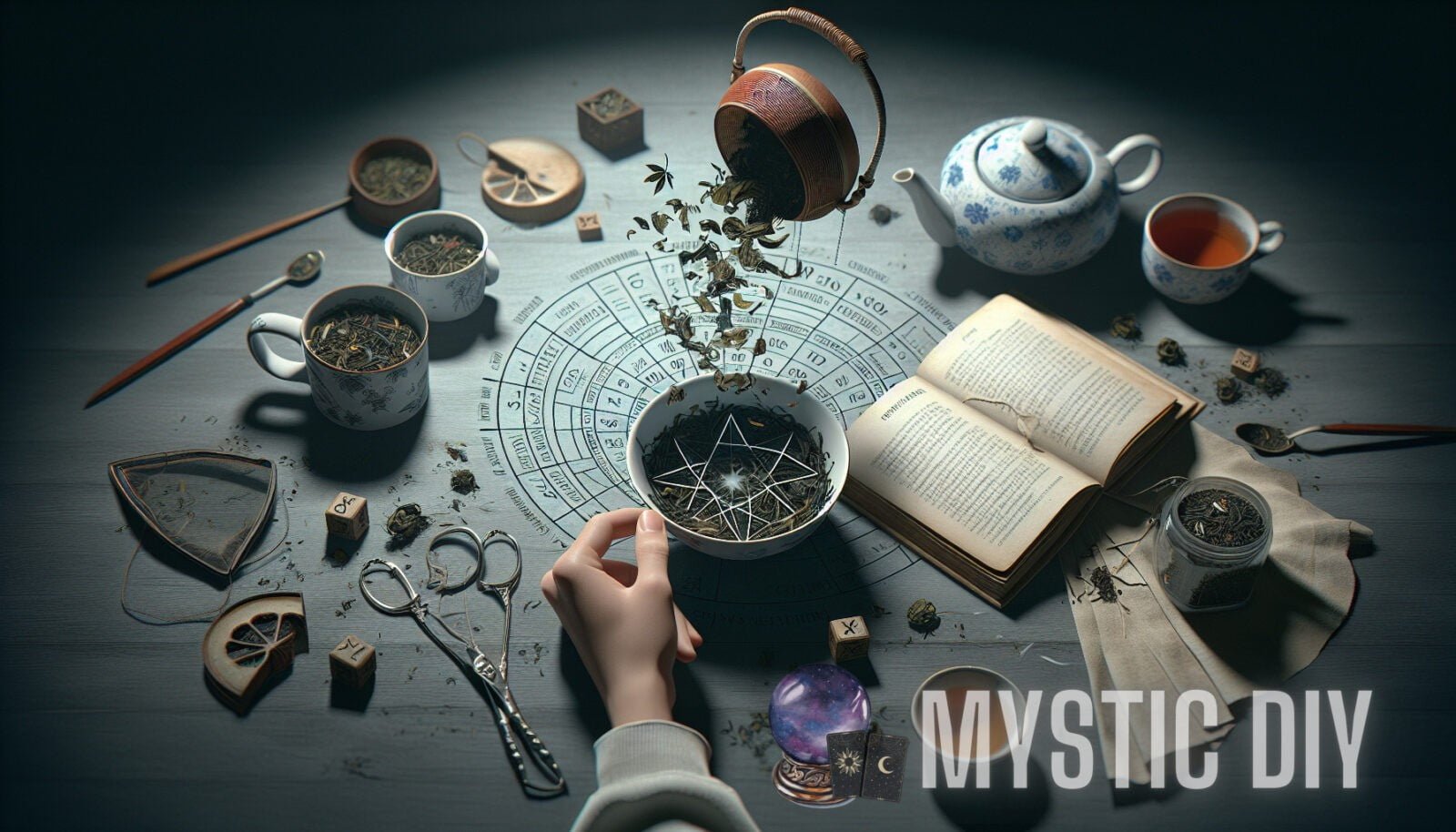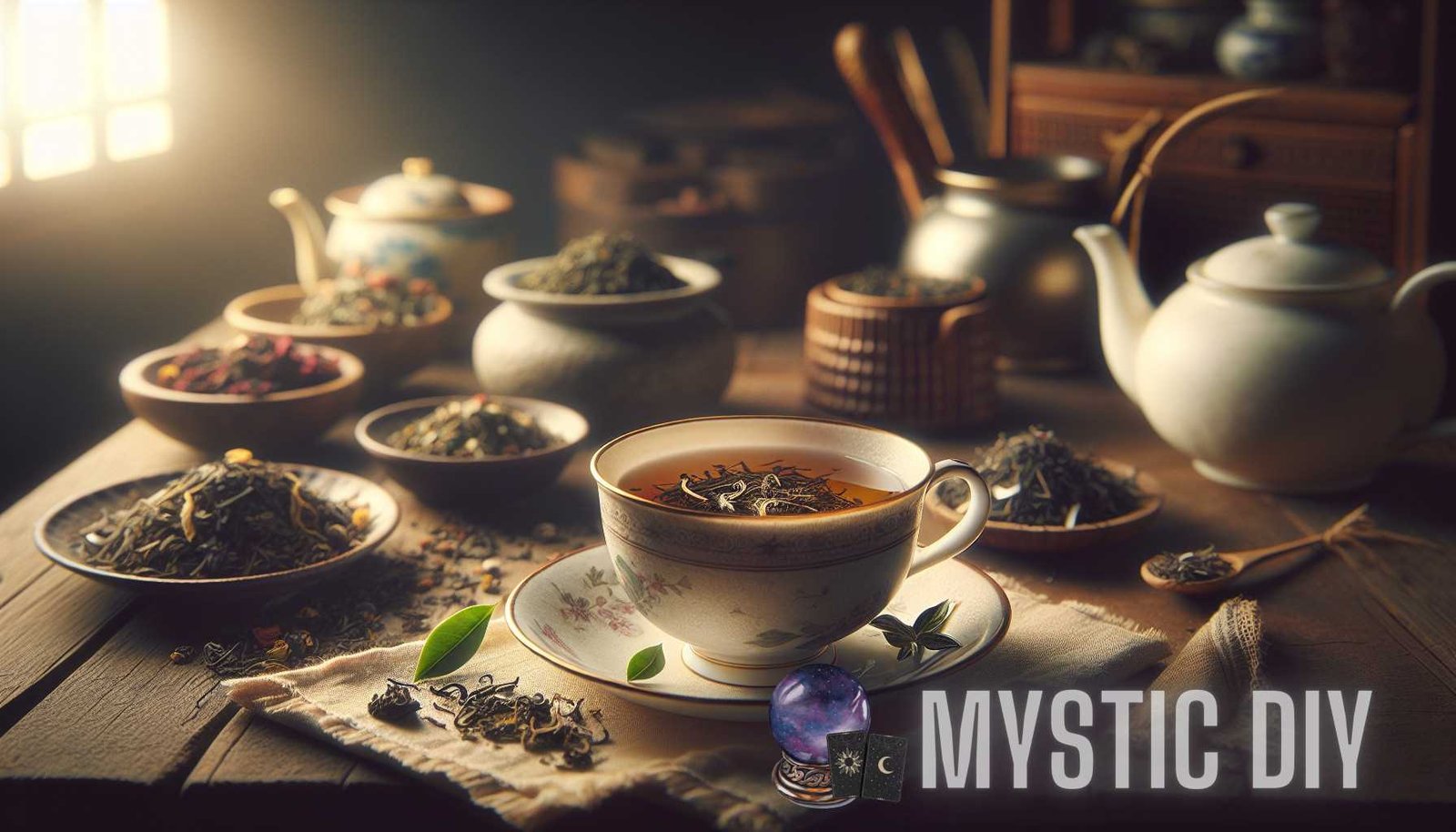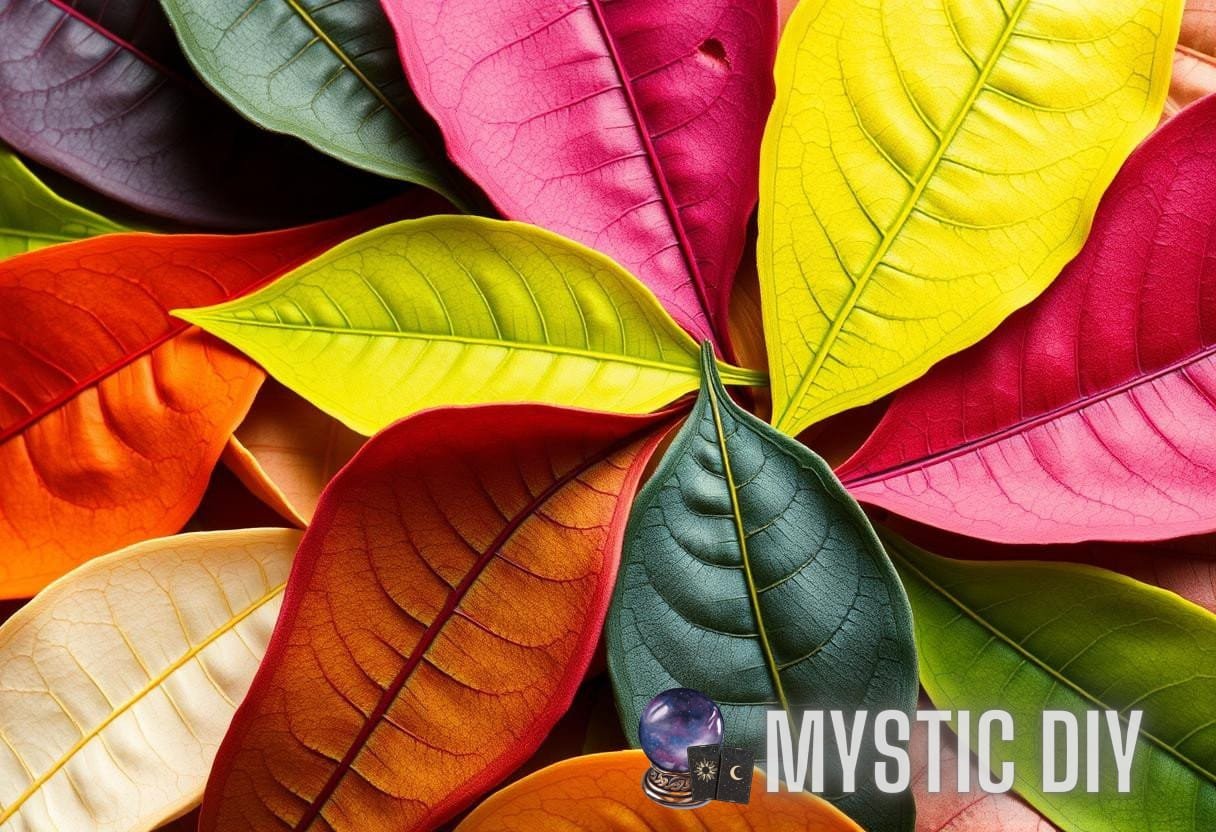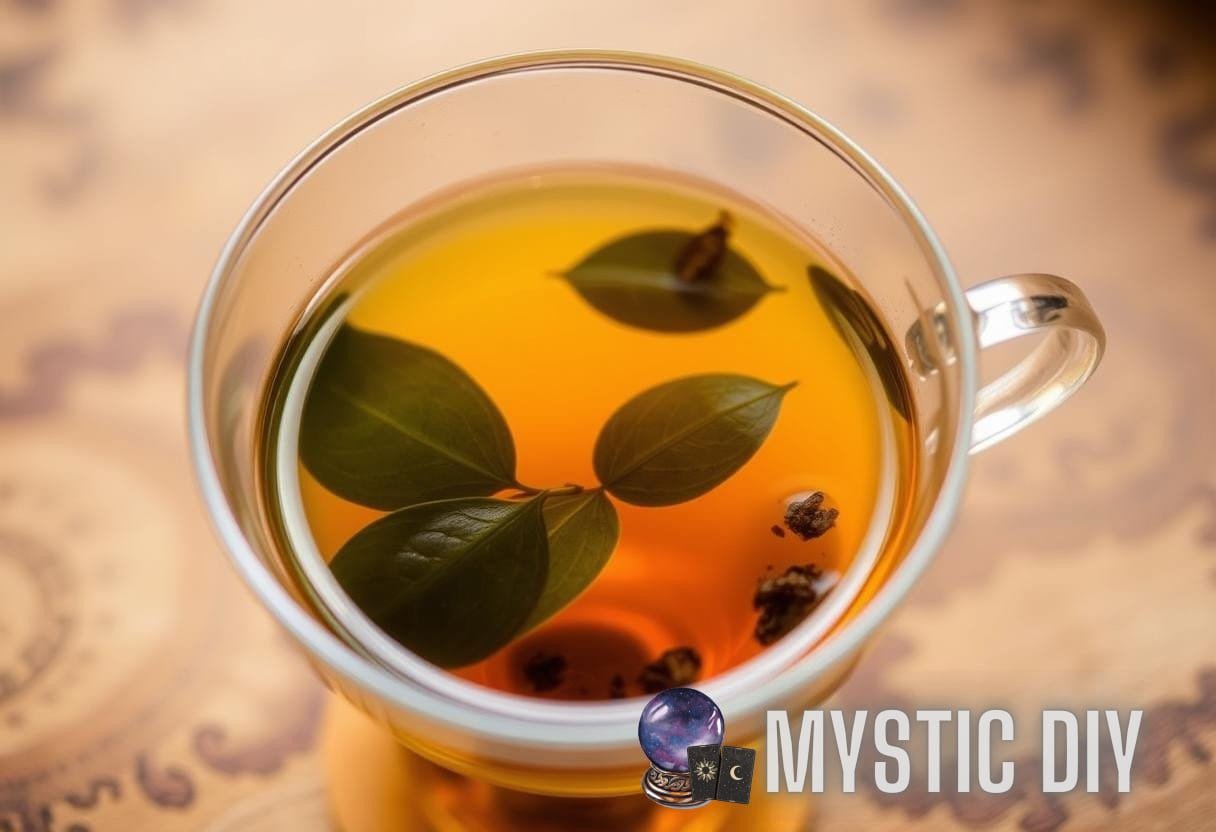The Art of Tasseography: Reading Tea Leaves for Beginners
Tea has been cherished for centuries, not only for its delicious taste and soothing aroma but also for its ability to provide comfort and relaxation. However, did you know that tea can also serve as a powerful tool for divination and self-reflection? This ancient practice is known as tasseography, or tea leaf reading. Dating back to ancient China and the Middle East, tea leaf reading is a fascinating art that allows individuals to gain insight into their past, present, and future. In this article, we will delve into the art of tasseography, providing beginners with the knowledge and techniques to explore this enchanting practice.
What is Tasseography?
Tasseography, derived from the French word “tasse” meaning “cup” and the Greek word “graphia” meaning “writing,” is the art of interpreting patterns and symbols formed by tea leaves in a cup. This divination practice has been used for centuries in various cultures around the world to gain insight and guidance about various aspects of life, including love, health, and career. Tasseography is believed to tap into the subconscious mind, allowing individuals to connect with their intuition and receive messages from the spiritual realm.
The History of Tasseography
The history of tasseography can be traced back to ancient China, where tea was considered a sacred beverage with mystical properties. It is believed that tea leaf reading dates back over 5,000 years to the ancient Chinese dynasty of Emperor Shen Nong. Legend has it that the emperor discovered tea accidentally when tea leaves fell into his cup of boiling water. Intrigued by the aroma and taste, he began exploring the medicinal properties of tea, and soon after, the art of tasseography was born.
Tasseography then spread to the Middle East and Europe through trade routes, gaining popularity among the upper classes as a form of entertainment and divination. In the 17th century, tea became more readily available in Europe, and the practice of tea leaf reading flourished. It was during this time that fortune-telling teacups with symbols and meanings began to be sold, further enhancing the art of tasseography.
How Does Tea Leaf Reading Work?
Tea leaf reading involves a few key steps:
- Brewing the Tea: Begin by brewing a cup of loose-leaf tea using a teapot. Choose a tea that you resonate with and that aligns with your intention for the reading. Traditionally, black tea is used, but you can experiment with different types to see which ones work best for you.
- Drinking the Tea: Sip the tea slowly, allowing its flavors and warmth to nourish your body and spirit. Focus your thoughts and set your intention for the reading. It is essential to be in a calm and open state of mind during the process.
- Leaving Residue: When you are finished drinking the tea, leave a small amount of liquid in the cup. Hold the cup in your dominant hand, and swirl it gently to ensure that the tea leaves and residue adhere to the sides of the cup.
- Turning the Cup: Invert the cup onto a saucer, allowing any excess liquid to drain away. Take a few moments to meditate or reflect on your intent for the reading before proceeding to the next step.
- Interpreting the Symbols: Once the tea leaves have settled in the cup, observe the patterns and symbols that have formed. These may resemble shapes, images, or symbols. Use your intuition, imagination, and knowledge of traditional symbolism to interpret the messages and meanings behind the tea leaves.
Common Symbols and Their Meanings
Tea leaf reading relies on symbolism, and the interpretation of symbols can vary depending on personal or cultural associations. Here are some common symbols and their general interpretations:
| Symbol | Meaning |
|---|---|
| Circle | Unity, wholeness, completion |
| Heart | Love, romance, relationships |
| Key | Opportunity, unlocking potential |
| Tree | Growth, stability, abundance |
| Snake | Transformation, healing, rebirth |
| Cloud | Confusion, uncertainty |
| Ship | Journey, change, adventure |
| Sun | Happiness, success, vitality |

Developing Your Intuition
Interpreting tea leaves is not just about understanding the symbolism, but also about tapping into your intuition and trusting your inner guidance. Here are some tips to help you develop your intuition:
- Practice meditation or mindfulness to quiet your mind and enhance your awareness.
- Keep a journal to record your interpretations and insights from your tea leaf readings.
- Trust your first impressions and initial gut feelings rather than overthinking.
- Experiment with different methods of divination to deepen your intuitive abilities.
- Participate in workshops or classes to learn from experienced tea leaf readers and expand your knowledge.
Tea Leaf Reading Variations
While the traditional method of tea leaf reading involves interpreting symbols formed by loose tea leaves, there are other variations of this divination practice:
- Tea Bag Reading: Instead of loose tea leaves, tea bags are used. The tea bag is placed in a cup of hot water, and the symbols and patterns are interpreted once the tea bag has steeped.
- Instant Tea Reading: This method involves using powdered or instant tea. The tea is dissolved in hot water, and the symbols and patterns are interpreted from the residue left in the cup.
- Coffee Ground Reading: Coffee ground reading, also known as tasseomancy, is a similar divination practice where the patterns formed by coffee grounds are interpreted.
Using Tea Leaf Reading as a Tool for Self-Reflection
Tea leaf reading can be a powerful tool for self-reflection and personal growth. By engaging in this practice, you can gain insights into your subconscious, uncover hidden aspects of yourself, and receive guidance for your life’s journey. Here are some tips for using tea leaf reading as a tool for self-reflection:
- Set clear intentions before each reading and ask specific questions you wish to explore.
- Take time to reflect on the messages you receive and how they relate to your current situation.
- Use tea leaf reading as a means of self-discovery and self-expression.
- Embrace the wisdom and guidance that comes through the symbols and messages.
- Combine tea leaf reading with other self-reflection practices, such as journaling or meditation, to deepen your understanding.
Conclusion
Tea leaf reading, or tasseography, is an ancient and mystical art that offers a unique way to gain insight and guidance. By learning to interpret the symbols and patterns formed by tea leaves, you can tap into your intuition and receive messages from the spiritual realm. Whether you are a beginner or an experienced practitioner, tea leaf reading can provide a profound and enriching experience in your journey of self-discovery. So, the next time you enjoy a cup of tea, take a moment to reflect on the hidden messages that lie within.
For more information on the history and practices of tea leaf reading, you can visit https://en.wikipedia.org/wiki/Tasseography.



